Boots is piloting an on-demand language interpretation service for non-English speaking pharmacy patients.
The retailer is testing the free service at five shops in central London, Birmingham, Southampton, Leicester and Belfast.
It can be accessed using in-store iPads, which connect staff and patients with interpreters who can translate around 250 languages.
Boots has teamed up with US firm Voyce to offer the service.
The business said according to the 2011 census, an estimated 138,000 people living in England and Wales are unable to speak English at all. A further 726,000 can speak English but not well.
Boots pharmacy director Richard Bradley said: “Boots has been at the forefront of health innovation for 170 years.
“This pilot scheme is a great example of how technology can help us drive better patient outcomes through a simple, innovative service that will help our pharmacy teams make sure that our patients get the most from their medicines, without language as a barrier.”
The move comes as Boots boss Seb James sets about giving the health and beauty business a makeover to boost sales and profitability.
Boots is closing around 200 stores and revamping its proposition, focusing on partnerships with big-name beauty brands. It has already struck a deal to sell singer Rihanna’s Fenty Beauty products.
In June, the business unveiled its latest thinking on bricks and mortar in its new Covent Garden flagship.
The 26,000 sq ft shop spans two floors, with the bottom floor dedicated to selling around 300 beauty brands across beauty, fragrance and skincare. The upper floor houses its pharmacy, opticians and Boots’ biggest wellness range to date.
The store also contains new features such as a selfie wall where shoppers can snap their in-store beauty makeovers, a water refill station and a pharmacy collection locker that can hold up to 162 prescriptions.
In March, James told Retail Week: “I think we’ve been slightly shy of making the significant changes we need to make to adapt to the modern world.
“When you’ve built a model over 170 years and for the last 30 the model has been more or less unchanged and extremely successful, it’s quite difficult to say we’re going to do it all differently.”


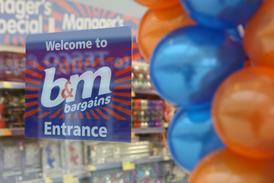
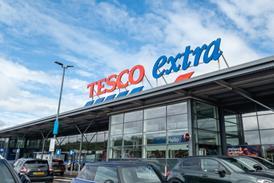
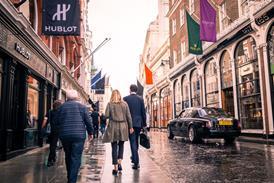
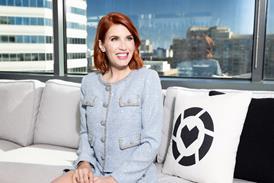
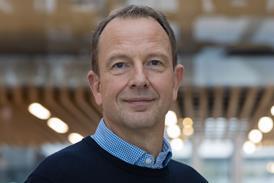




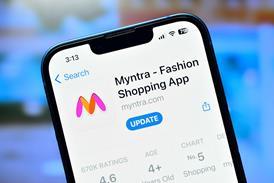






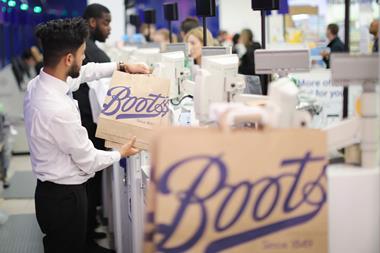
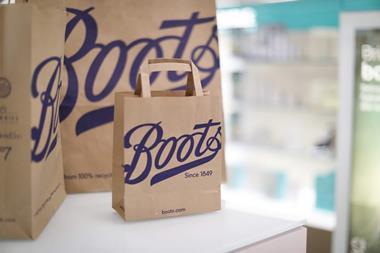
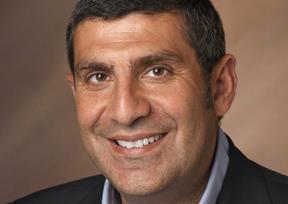

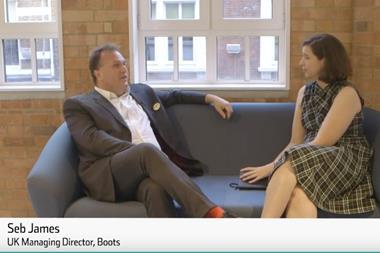
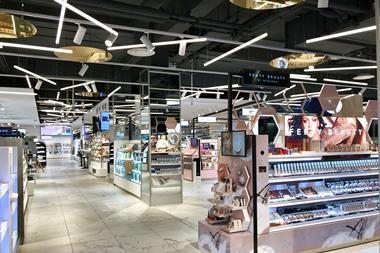
No comments yet